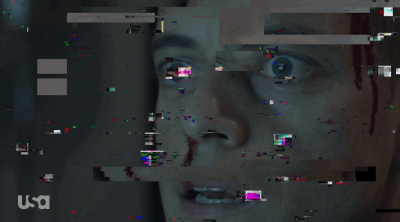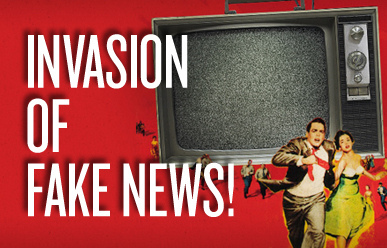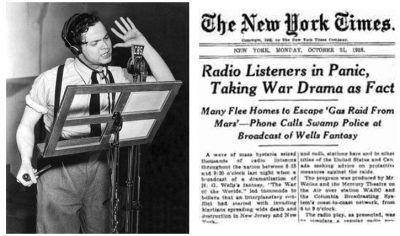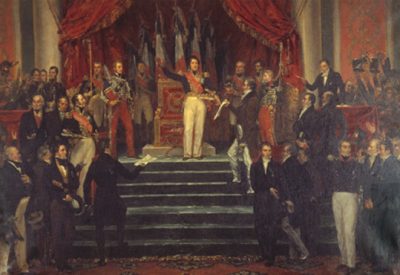
Reflecting on their experience playing with Cats & Dogs, the new Sims 4 expansion pack, Nicole Carpenter describes the anxieties arising from new pets of the digital and physical variety. When their new pet cat catches ‘lava nose’ in the game, it recalled memories of waiting at the vet after Carpenter’s own kitten (on which their Sim cat is based) swallowed a long piece of yarn. And not just memories, but new, visceral worries for their digital cat’s wellbeing. “That anxiety stems from wanting control,” Carpenter says, “something that you rarely have in real life and that the Sims allows you in small doses before taking it away for dramatic effect.”
The anxieties our pets inspire in us — “You’re in charge of a life now, and that’s scary” — seems primarily an effect of vicariousness. It’s one thing to console a friend or newborn or a stranger through a crisis, where each demands unique empathetic approaches. Strategies for consoling a pet are similarly individuated, but more ambiguous. Our furry friends’ exceedingly wide yet minute subtleties in conveying their discomfort, combined with the relatively more limited forms of medical and emotional care we have to console them, heightens our vicarious pain, compelling us to exhaust every possible fix until something sticks. “Can she die? Am I a bad cat mom?,” Carpenter recalls worrying over their sick digital cat. Learning that no, as far as the Sims goes, your pets can’t really die or even run away (though they can get bored from owner negligence) did less to relieve those worries than simply carrying on in spite of them.
Last month a group of us got together to put on an unconference, a DIY gathering made up of short, semi-improvised workshops proposed the day of. The tangible excitement of being all crammed together, friends, loose ties and strangers, around the schedule board provoked a mix of spontaneity and natural anxieties for many of us. The workshops ranged from communal cooking to disarming active shooters to handling leftist infighting in a small city where many activists are one degree separated. My choice to do a workshop on anxiety in relation to political action was in retrospect a pretty safe bet. I want to use this post to recount the workshop, by summarizing a specific text that helped inform it, as well as the personal experience of doing the workshop itself. In a year where just keeping up with the deluge of bad news and formulating an appropriate response became its own preoccupation, many of us are in the process of forming new media consumption habits. Even if those new modes of action are just spreading information while expressing how fucked up everything is, a little guidance can be helpful. more...









